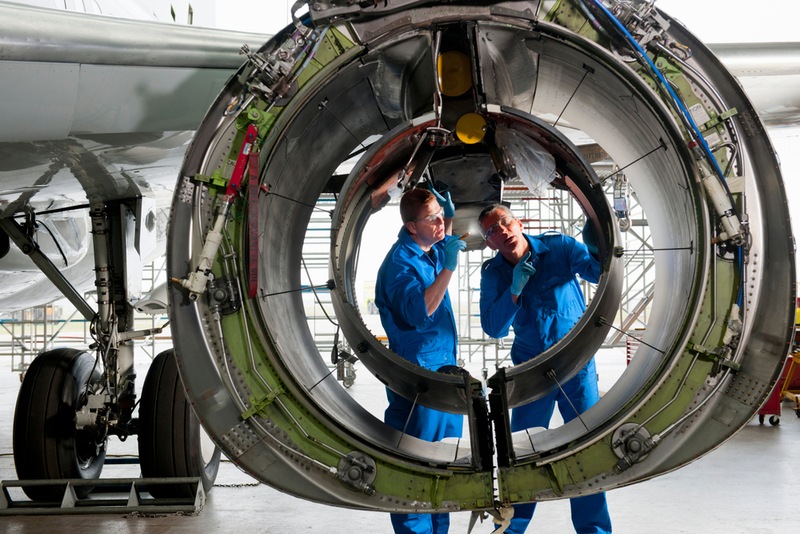
Composites have long played a pivotal role within the aerospace manufacturing sector. Composites are created by combining two or more other materials. When creating composites, engineers attempt to retain the best attributes of each foundational material while eliminating some of these components’ weaknesses.
Modern composites allow aerospace companies to create lighter aircraft that perform better. These materials can be used to create aircraft that are safer, faster, and more fuel efficient.
There are several advanced composites that are widely used within the aeronautics industry and a few others that have recently emerged as potential upgrades over existing materials. We explore both of these groups of aerospace composites manufacturing materials below.
Which Advanced Composites Are Currently Used for Aerospace Engineering?
There are many different advanced composites currently used in the aerospace engineering sector. However, the vast majority of these composites can be grouped into one of three broad categories. These categories include:
However, the aeronautical engineering sector is not an industry known for resting on its laurels. Instead, aerospace companies are constantly exploring ways to develop better materials that will increase aircraft performance. This pursuit of excellence has yielded some truly industrychanging materials, some of which are outlined in the next section.
Next-Gen Aerospace Composites Manufacturing Materials
Three next-gen aerospace composites that have the potential to reshape the future of the industry are:
Carbon Nanotubes
Carbon nanotube composites exhibit better flexibility than carbon fiber while simultaneously maintaining a high level of tensile strength. This composite material could potentially be used to drive down the cost of manufacturing wings.
Ceramic Matrix Composites
Ceramic materials exhibit a superior level of thermal stability. However, ceramic is extremely brittle, which limits its usefulness in the aerospace industry. Ceramic matrix composites, or CMCs, are not nearly as brittle but retain the desirable thermal stability attributes of ceramics.
Metal Matrix Composites
Metal matrix composites combine ceramic or carbon materials with metals. Known as MMCs, these composites are being researched for use in turbine engine blades and helicopter blades.
While the three composites outlined above do not yet play a major role in the aerospace industry, they may represent the next generation of aeronautics engineering materials. Aerospace companies looking to increase their competitive advantage should begin exploring ways to incorporate these materials into their design processes.